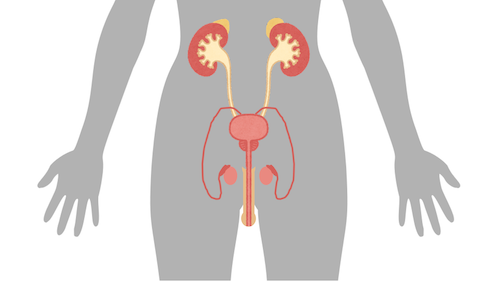Ultra-Soft and Ultra-Stretchy Material
The hardness of the human body surface is approximately 5 degrees when measured with a Type E durometer on the earlobe, and around 10-15 degrees on the inner side of the upper arm and thigh. On the contrary, our product is made from a material of an extreme softness level that cannot be measured, often referred to in industry terms as "zero hardness.”
In humans, the skin under the armpits is the most stretchable, with an elongation rate of approximately 70%. On the other hand, the elongation rate of our product‘s material exceeds 2,000%.
In other words, our product is composed of a material that is overwhelmingly softer than the human body surface and stretches overwhelmingly more than the skin. This allows for a sensation of wearing so subtle that you won't even feel it, let alone any discomfort.
However, there has been a high barrier to using such materials. That‘s because materials of this kind cannot connect or fix components, and as a result, functional design using traditional engineering approaches is not possible.
The approach we focused on to address this challenge is Bio-Mimic design.
Bio-Mimic and Deep Ergonomic Design

Most parts of living organisms are soft, lack uniformity or homogeneity, and do not have the symmetrical characteristics unlike industrial products. Soft parts are typically connected through approaches that are significantly different from conventional engineering methods, resulting in overall durability and resistance to easy breakage. Moreover, in many cases, the functions inherent in living organisms are superior to those engineered through conventional methods.
We have successfully achieved the world's first functional products using a biomimetic approach with ultra-soft & ultra-stretchy materials. Video 1 shows the anti-reflux valve (Bio-Mimic Valve) developed by our company, which mimics the human venous valve. Video 2 shows footage of an experiment conducted by Italian researchers, where saline solution was infused into the femoral vein of the human body.
Ultra-soft materials cannot be designed using conventional engineering approaches. On the other hand, they can also enable the realization of functionalities that were previously deemed impossible. For example, our Bio-Mimic Valve functions even in a state of virtually zero hydraulic pressure.
Moreover, traditional ergonomic designs struggle to eliminate the inherent resistance and discomfort of the materials, reaching the limit of comfort pursuit. On the other hand, products utilizing ultra-soft & ultra-stretchy materials allow us to pursue ergonomics beyond the traditional limits.
We will continue to advance product designs based on the concept of Kakucho-Body and strive for further functionality and comfort.
